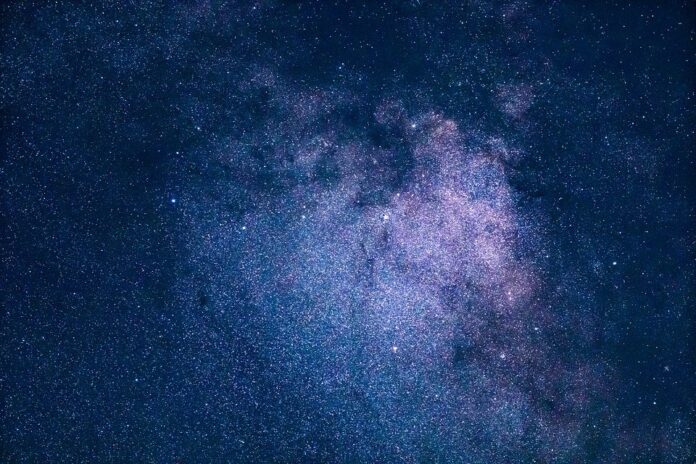The Milky Way, the galaxy we live in, is really big and has a long and often turbulent history full of scars.
Now, a team of astronomers from the University of California at Irvine has shown that supernova explosions can cause huge amounts of galactic material to be ejected into the halo, the huge “envelope” of dust, gas and dark matter that surrounds the disk. of the Milky Way, and cause new stars to be born there, something that contradicts previous beliefs about how star systems form and evolve.
A series of hyper-realistic computer simulations, within the project Feedback in Realistic Environments 2 (FIRE 2), allowed the researchers to model how this happens. The results have just been published in Monthly Notices of the Royal Astronomical Society.
“These simulations are highly accurate -says James Bullock, lead author of the study- and they have shown us that the Milky Way may have been hurling stars into circumgalactic space through expulsions of material caused by supernova explosions. It’s fascinating, because when multiple large stars die, the resulting energy can expel gas from the galaxy, which in turn cools, causing new stars to be born.”.
Milky Way
According to the researcher, the diffuse distribution of stars in the galactic halo, which extends far beyond the main disk of the galaxy, is precisely where the “archaeological record” of the entire system resides.
For a long time, astronomers assumed that galaxies form over long periods of time as groups of external stars become part of the main body, a process that expels some of those stars into very distant orbits.
But Bullock’s team now proposes a kind of “supernova feedback” as an alternative source for up to 40% of those stars at the edges of the halo.
Sijie Yu, first author of the article, assures that the finding was possible thanks to a powerful new set of tools. “The FIRE-2 simulations -Explain- they allow us to generate movies that make it look like you’re looking at a real galaxy. They show us that as the center of the galaxy rotates, bubbles develop, driven by feedback from supernovae, with stars forming at their edges. It seems as if the stars are being ejected from the center».
Bullock confesses that he did not expect to encounter something like this, because the stars are “so tight and dense balls” which are generally not subject to moving relative to the background space. “Instead -underlines- what we are observing is that the gas is being pushed, and that gas, when it cools later, causes the stars to be born».
stars
Although the conclusions of this study come from simulations of galaxies, the scientists say that there is a “good amount” of observational evidence that stars are forming in the “Departures” from galactic centers to halos.
“Data from the European mission Gaia Yu assures which provide 3D velocity plots of stars in the Milky Way, along with other maps showing star density and metallicity, allow us to see structures similar to those produced by the output stars of our simulations».
According to the researchers, during the lifetime of a galaxy the number of stars produced by supernova bubble outflows is small, around 2% of the total.
But in the most violent moments of galactic histories such as collisions between them, when the number of supernovae is much higher, up to 20% of the stars in a galaxy are formed in this way. The mechanism, moreover, is responsible for the existence of up to 40% of halo stars.
Font: Jose Manuel Nieves / ABC
Reference article: https://www.abc.es/ciencia/abci-descubren-lactea-expulsa-estrellas-hacia-espacio-exterior-202004202009_noticia.html














![[Img #74661]](https://thelatestnews.world/wp-content/uploads/2024/12/The-power-of-ultrasound-300x200.jpg)
Add Comment